How to Maintain a Healthy Reforestation Project Long-Term
- September 17, 2024
- 0 comment
Maintaining a successful reforestation project over the long term is crucial for restoring ecosystems and combating climate change. Achieving this requires more than just planting trees; it involves careful planning, regular maintenance, and active community involvement. This guide provides key strategies for ensuring the health and sustainability of reforestation efforts, helping to secure lasting environmental and community benefits.
Establishing Clear Objectives and Goals
Define Specific, Measurable, and Achievable Goals
Setting clear objectives and goals is foundational to the success of any reforestation project. Start by defining specific goals that outline exactly what you want to achieve. For instance, instead of a vague goal like “improve forest cover,” specify “reforest 100 hectares with native tree species within five years.” This level of detail provides a clear target for your efforts and helps in planning the necessary actions. Measurable goals are essential for tracking progress and assessing the project’s success. Use quantifiable metrics such as the number of trees planted, survival rates, or the area of land covered.
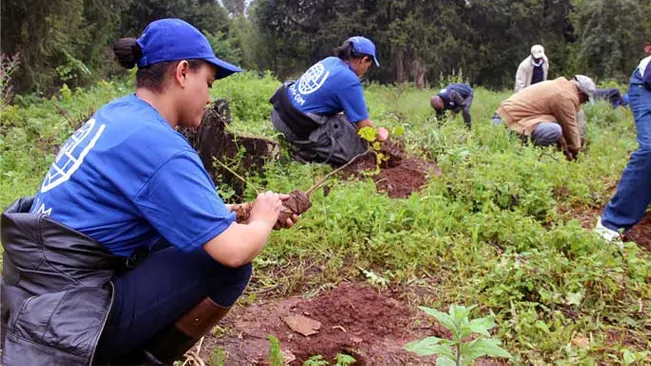
For example, measure the success of your reforestation by tracking how many seedlings have survived to maturity each year. Setting such measurable benchmarks allows you to evaluate progress and make informed decisions based on data. Achievable goals ensure that your targets are realistic given the available resources, time, and conditions. Assess the resources at your disposal such as financial support, manpower, and technical expertise and set goals that can be realistically achieved within these constraints. For instance, if you have a small budget and limited volunteer availability, a goal of reforesting 10 hectares in a year might be more attainable than 50 hectares.
Align Goals with Broader Conservation and Community Objectives
Aligning your reforestation goals with broader conservation objectives ensures that your project contributes to larger environmental and ecological targets. Consider how your reforestation efforts can help meet regional or national conservation goals, such as improving biodiversity, mitigating climate change, or restoring critical habitats. This alignment not only strengthens the relevance of your project but also helps in gaining support from conservation organizations and policymakers. Incorporating community objectives into your goals enhances local engagement and support.
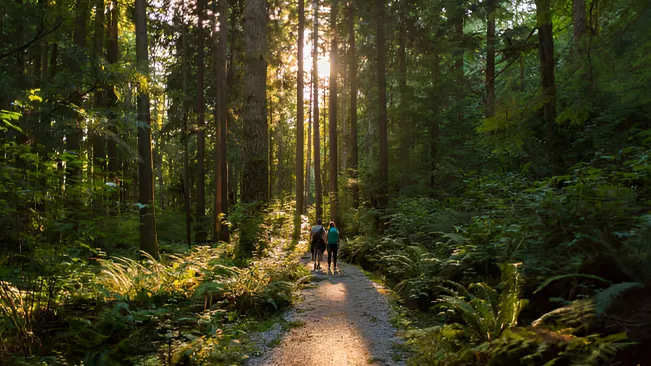
Engage with local communities to understand their needs and priorities, such as improving local air quality, providing resources for education, or creating recreational spaces. Tailoring your goals to address these community interests can foster a sense of ownership and commitment, which is crucial for the long-term success of the project. By clearly defining specific, measurable, and achievable goals and aligning them with broader conservation and community objectives, you set a solid foundation for a reforestation project that is both impactful and sustainable.
Selecting the Right Species
Importance of Native Species in Reforestation
Choosing native species for reforestation is crucial for the success and sustainability of the project. Native species are adapted to the local climate, soil conditions, and ecological interactions, making them more likely to thrive and contribute positively to the ecosystem. They support local wildlife by providing familiar food sources and habitats, which helps in maintaining or restoring natural biodiversity.

Using native species also reduces the risk of introducing invasive plants that could outcompete local flora and disrupt ecosystem balance. By focusing on native species, reforestation projects can more effectively restore ecological functions and enhance overall environmental health.
Criteria for Choosing Species
When selecting species for a reforestation project, several criteria should be considered to ensure the success and sustainability of the planting efforts. Climate adaptability is key; choose species that can thrive in the current and future climate conditions of the area. This involves selecting trees that can withstand local temperature ranges, precipitation patterns, and potential climate changes.
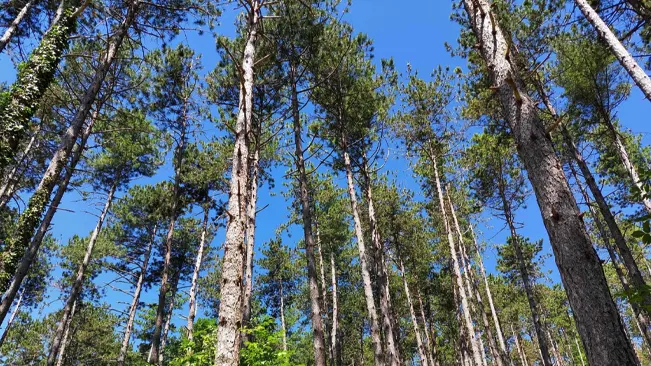
Soil compatibility is another important factor species should be chosen based on their ability to grow in the soil types and conditions present at the site, including factors like pH, nutrient levels, and drainage. Additionally, consider the growth rates and maintenance needs of the species to ensure they fit the project’s timeline and resource availability.
Benefits of Biodiversity in Reforestation Projects
Incorporating a diverse mix of species in reforestation projects offers several significant benefits. Biodiversity enhances ecosystem resilience by creating a more robust and adaptable forest that can better withstand pests, diseases, and environmental changes. A diverse plant community supports a wider range of wildlife, contributing to healthier and more balanced ecosystems.
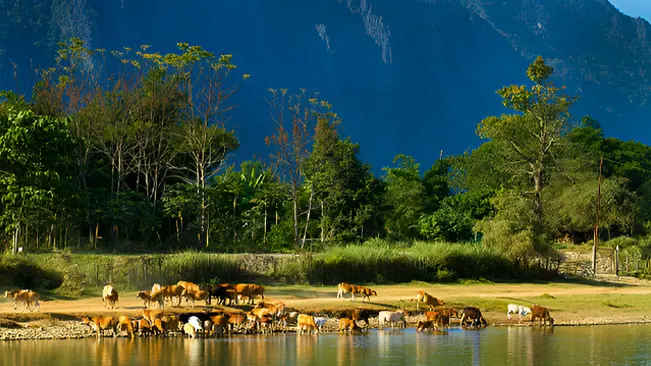
This diversity also helps in maintaining various ecological processes, such as nutrient cycling and pollination. By fostering a rich array of species, reforestation projects can achieve greater ecological benefits and long-term stability, making the forest more self-sustaining and beneficial for surrounding communities and wildlife.
Site Preparation and Planning
Assessing Soil Health and Quality
Assessing soil health and quality is a fundamental step in site preparation for reforestation. Healthy soil provides the necessary nutrients, structure, and moisture retention needed for successful tree growth. Start by conducting soil tests to evaluate key factors such as pH, nutrient levels (e.g., nitrogen, phosphorus, potassium), and organic matter content.
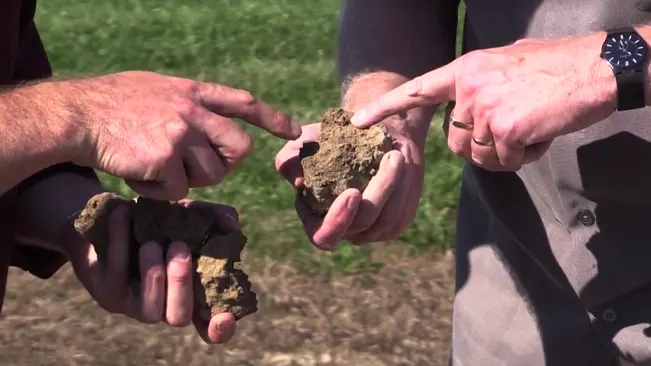
This will help you understand the current condition of the soil and identify any deficiencies or imbalances. Soil texture, including the proportions of sand, silt, and clay, also affects water drainage and root development. Based on these assessments, you can make informed decisions about necessary soil amendments, such as adding compost or lime to adjust pH levels, to create optimal conditions for planting.
Preparing the Site for Planting
Effective site preparation involves several key actions to ensure that the land is ready for planting. Begin by clearing the site of any invasive species, which can outcompete native plants and hinder the growth of newly planted trees. This may involve mechanical removal or the application of targeted herbicides, depending on the extent and type of invasive vegetation.
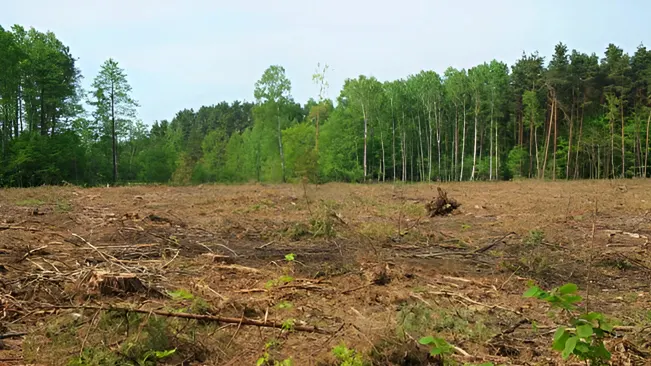
Next, address soil conditions by improving its quality and structure. This might include practices such as tilling to loosen compacted soil, incorporating organic matter to enhance fertility, and creating planting beds or mounds to improve drainage and root establishment. Proper site preparation ensures that the young trees have the best possible start in their new environment.
Planning for Water Management and Erosion Control
Planning for water management and erosion control is critical for maintaining a healthy reforestation site. Effective water management involves assessing the natural water flow and availability on the site and implementing strategies to ensure that young trees receive adequate moisture. This might include installing irrigation systems or creating rainwater harvesting features, especially in areas prone to drought.
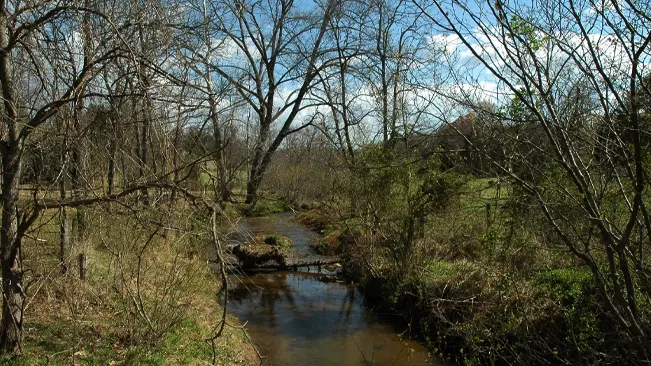
Erosion control measures are essential to prevent soil loss and degradation, which can undermine the success of the reforestation project. Techniques such as planting ground cover crops, using erosion control mats, and constructing terracing or swales can help stabilize the soil and manage runoff. By addressing both water management and erosion control, you create a more stable and supportive environment for reforested areas to thrive.
Implementing Effective Planting Techniques
Optimal Planting Methods and Timing
Implementing effective planting techniques begins with choosing the right methods and timing for planting. Optimal planting methods vary depending on the type of tree and site conditions but generally include techniques such as planting bare-root seedlings, container-grown saplings, or root balls. For bare-root seedlings, which are often less expensive and easier to handle, planting should be done while the trees are dormant, typically in early spring or late fall.
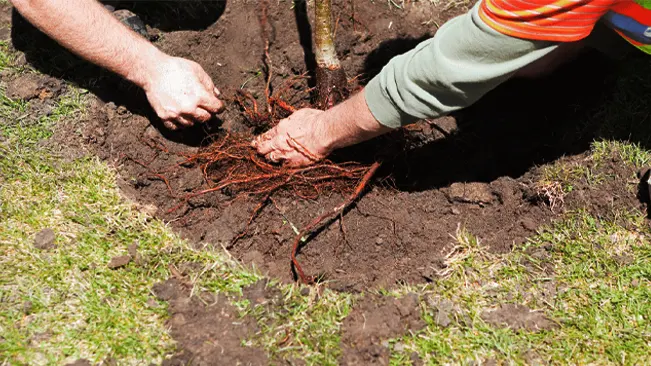
Container-grown saplings, which are more established and can be planted year-round, should be planted when the soil is workable. The timing of planting is crucial; it should align with the local climate to ensure that the young trees have sufficient time to establish their roots before extreme weather conditions. For example, planting in early spring allows trees to take advantage of the coming growing season, while fall planting can help trees establish before winter.
Ensuring Proper Planting Depth and Spacing
Proper planting depth and spacing are vital for the successful establishment and growth of newly planted trees. When planting, ensure that the tree is set at the same depth as it was in the nursery or container. Planting too deep can suffocate the roots and cause rot, while planting too shallow can expose roots to drying and damage. The root collar, where the roots meet the stem, should be level with the soil surface.
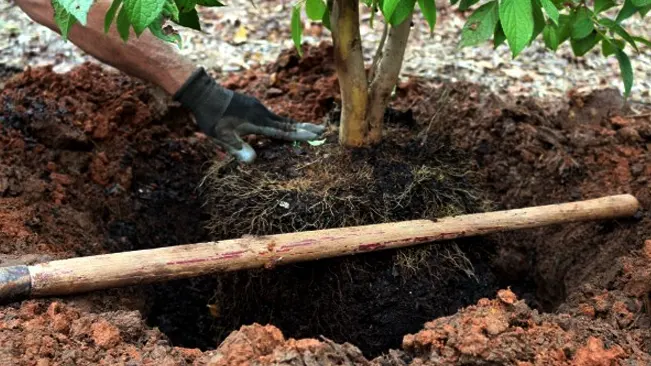
Spacing between trees is also important; it should be based on the mature size of the species being planted to avoid overcrowding. Proper spacing allows each tree to access adequate sunlight, water, and nutrients, and minimizes competition. For instance, if planting hardwood species that grow large, a spacing of 10 to 15 feet between trees may be necessary, while smaller species may require closer spacing.
Strategies for Protecting Young Trees from Pests and Diseases
Protecting young trees from pests and diseases is essential to ensure their healthy development. Implement preventative measures such as using pest-resistant tree varieties and applying mulch around the base of the trees to deter pests and retain moisture. Regular monitoring is crucial; inspect the trees frequently for signs of pest infestations or diseases, such as unusual leaf spots, wilting, or pest larvae. Early detection allows for prompt intervention.

Integrated pest management (IPM) strategies, which combine biological, cultural, and chemical controls, can be effective in managing pests while minimizing harm to the environment. For example, introducing beneficial insects that prey on harmful pests or using organic pesticides can help control pest populations. Additionally, maintaining good tree health through proper watering, fertilization, and site care can help trees resist diseases and recover more quickly if issues arise.
Regular Monitoring and Maintenance
Importance of Ongoing Monitoring for Plant Health and Growth
Ongoing monitoring is crucial for the health and success of reforestation projects. Regularly checking the condition of newly planted trees allows you to track their growth and development, ensuring that they are establishing well and meeting the project’s objectives. Monitoring helps in identifying any issues early, such as poor growth rates or signs of stress, which can be addressed promptly to prevent long-term damage.
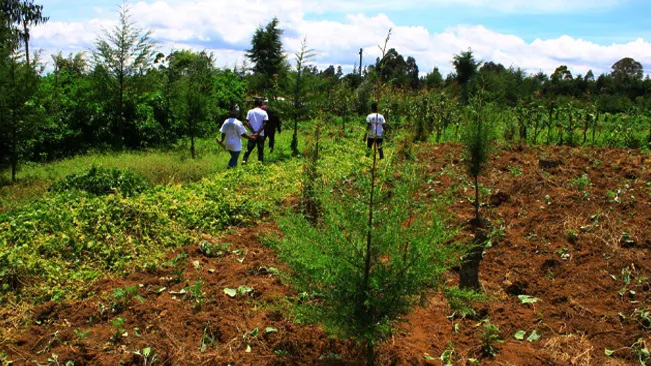
By observing plant health regularly, you can assess factors like root development, leaf condition, and overall vigor. This proactive approach allows for timely interventions, such as adjusting watering schedules or providing additional nutrients, which can significantly enhance the survival and growth rates of the trees.
Techniques for Detecting and Managing Pests and Diseases
Effective pest and disease management is a key component of maintaining a healthy reforestation site. To detect pests and diseases early, employ techniques such as regular visual inspections of tree foliage, stems, and soil. Look for symptoms like discolored leaves, stunted growth, or unusual spots, which can indicate pest infestations or diseases. Implementing integrated pest management (IPM) strategies can help manage these issues in a balanced way.
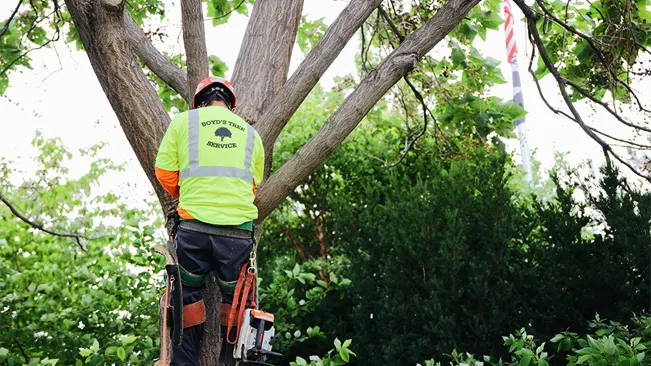
This includes cultural practices such as proper spacing to reduce overcrowding and improve air circulation, which can prevent disease spread. Biological controls, such as introducing natural predators of pests or using disease-resistant tree varieties, can also be effective. In some cases, targeted chemical treatments may be necessary, but these should be used judiciously to minimize environmental impact.
Conclusion
Maintaining a healthy reforestation project over the long term requires a strategic approach that integrates careful planning, diligent monitoring, and ongoing maintenance. By setting clear, specific goals and selecting the right species, you lay a strong foundation for success. Effective site preparation ensures that the planting environment supports tree growth, while optimal planting techniques and proper care foster robust development. Regular monitoring helps detect and address issues early, while consistent maintenance tasks, such as watering, weeding, and mulching, support the trees’ continued health
FAQs
- Why is it important to select native species for reforestation?
Selecting native species is crucial because they are adapted to the local climate, soil conditions, and ecosystem dynamics. Native species support local wildlife, contribute to biodiversity, and are less likely to become invasive. This helps ensure the long-term health and stability of the reforested area. - How often should I monitor the health of my reforestation project?
Regular monitoring is essential, ideally every few weeks during the growing season. Frequent checks help detect and address issues such as pests, diseases, and environmental stress early on, allowing for timely interventions to support tree health and growth. - What are the best practices for planting trees in a reforestation project?
Key best practices include planting trees at the appropriate depth, ensuring adequate spacing based on the species’ mature size, and choosing the right time for planting. Additionally, it’s important to prepare the site properly by clearing invasive species and improving soil conditions. - How can I manage pests and diseases in my reforestation project?
Managing pests and diseases involves regular inspections to identify issues early, using integrated pest management (IPM) strategies such as introducing natural predators or using disease-resistant varieties, and applying targeted treatments when necessary. Maintaining tree health through proper watering and nutrient management also helps in preventing problems. - What maintenance tasks are critical for the success of a reforestation project?
Essential maintenance tasks include regular watering, weeding, and mulching. Watering helps ensure adequate moisture, weeding reduces competition for resources, and mulching retains soil moisture and prevents weed growth. Each of these tasks supports the healthy development of the young trees. - How can I adapt my reforestation project to changing environmental conditions?
Adaptation involves monitoring environmental changes such as shifts in climate or soil conditions and adjusting your practices accordingly. This may include modifying irrigation schedules, selecting more resilient tree species, or implementing new techniques to manage soil and water effectively. - What should I do if I notice poor growth or dieback in my trees?
If you observe poor growth or dieback, assess potential causes such as inadequate water, nutrient deficiencies, or pest infestations. Investigate the issue thoroughly and take corrective actions such as adjusting care routines, treating pests, or amending the soil. Regular monitoring helps in addressing these issues promptly. - How do I measure the success of my reforestation project?
Success can be measured through various metrics such as tree survival rates, growth rates, and the overall health of the forest. Additionally, evaluating ecological impacts, such as improved biodiversity or soil quality, and community benefits, such as increased recreational opportunities, can provide a comprehensive assessment of success. - How can I involve the local community in my reforestation project?
Engaging the local community involves educating them about the benefits of reforestation, involving them in planting and maintenance activities, and addressing their needs and interests. Building partnerships with local organizations and stakeholders can also enhance support and involvement. - What are some common challenges in maintaining a reforestation project, and how can they be addressed?
Common challenges include pest and disease outbreaks, inadequate water supply, and soil degradation. Address these challenges by implementing effective management practices, using resilient species, and maintaining regular monitoring and maintenance routines. Flexibility and adaptability are key to overcoming these challenges.

Joel Cunningham
Forestry AuthorI'm Joel Cunningham, an expert in pruning and weed management with over a decade of experience. My skills are rooted in formal training and extensive practice, focusing on advanced pruning techniques and efficient weed control. I'm known for my quality work, precision, and deep understanding of plant health and soil dynamics. My contributions extend to educational initiatives where I share sustainable practices and advice, establishing myself as a reliable and authoritative figure in the gardening community.



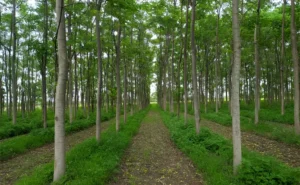
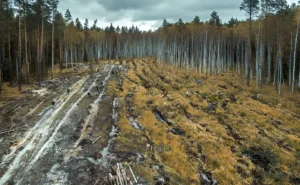
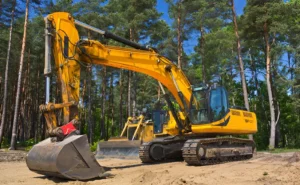




Leave your comment